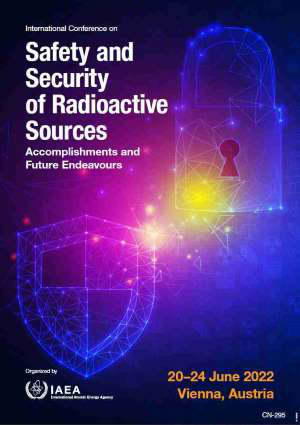Speaker
Description
The greatest challenge to guarding against radiological threats is the sheer prevalence and use of radioactive materials in facilities like academic institutions and medical centers. Securing these materials can be a daunting challenge given that these facilities are necessarily accessible to the general public, tend to emphasize safety over security, and possibly have less security than nuclear facilities. Cultivating and promoting a robust facility radiological security culture, combined with other physical protection systems can assist in the prevention of malicious acts using radioactive materials. This promotion is highly dependent on a relevant self-assessment tool that would assess and correct deficiencies in organizational security culture. In addition, assessing safety culture and gaining an understanding of the difference between safety and security is integral for reducing overall radiological risk. This study investigates a series of culture indicators by assessing more than 25 medical centers and academic institutions across the United States. The study uses a quantitative method of online surveys to measure current perceptions and identify areas of strengths and weakness in particular aspects of both safety and security culture. Respondents to the survey include technicians, nurses, and other authorized users of radioactive materials at medical centers and radiation safety staff and students from academic institutions. The study attempts to examine the influence of human factors in the current state of emergency preparedness, security violations, preventive education and training, policy, and management oversight. The study also analyzes the differences in response based on demographic information. Overall, the institutions showed good safety and security culture traits. There was an obvious lack of understanding of all the indicators, indicating that additional awareness training is needed to understand the differences between safety and security. The resulting outcome of the analysis outlines appropriate recommendations for facility-based radiological security and safety culture development, provides a process for awareness of radiological risk, and promotes the sharing of best practices.
| Country OR Intl. Organization | USA |
|---|

